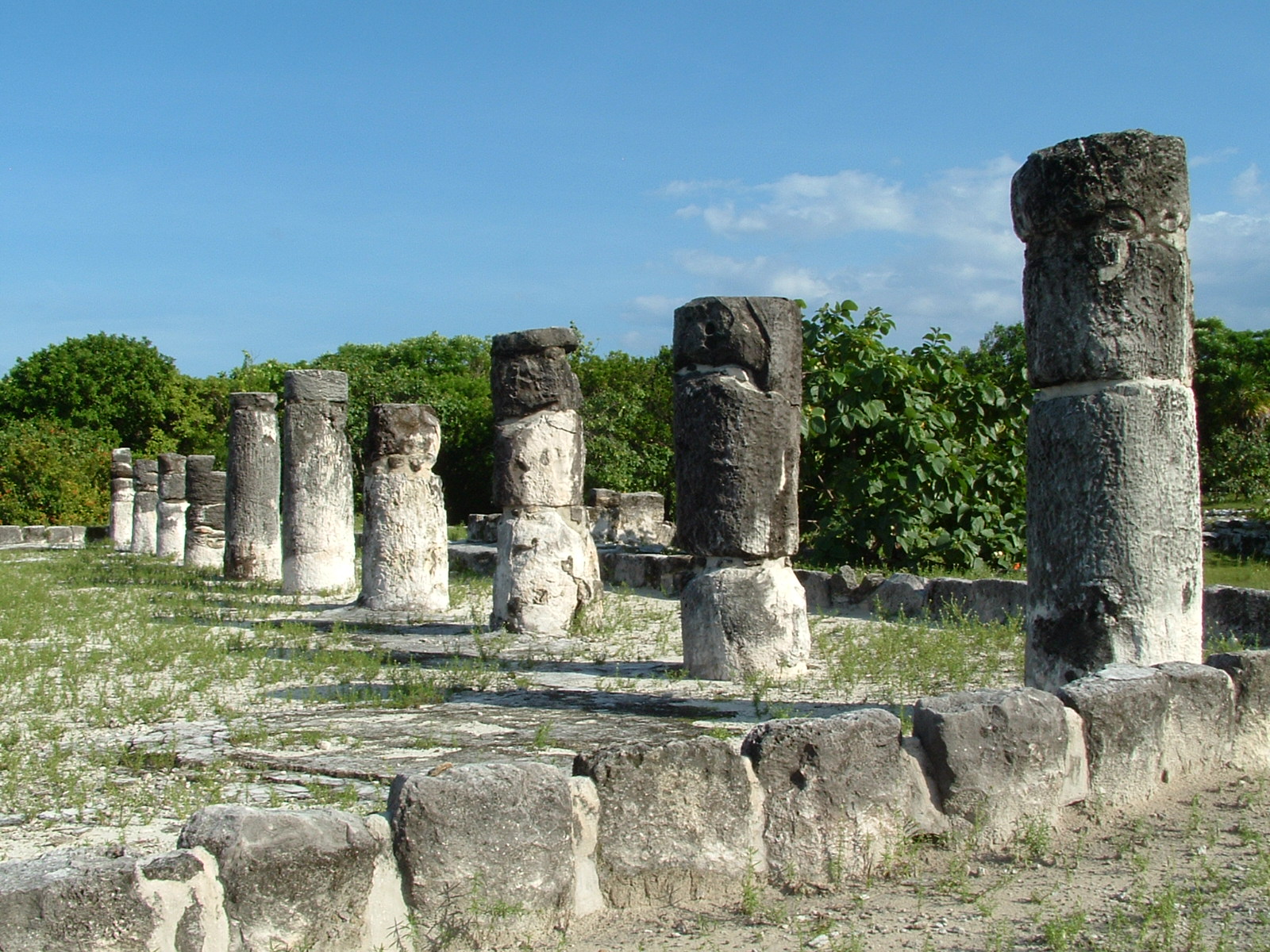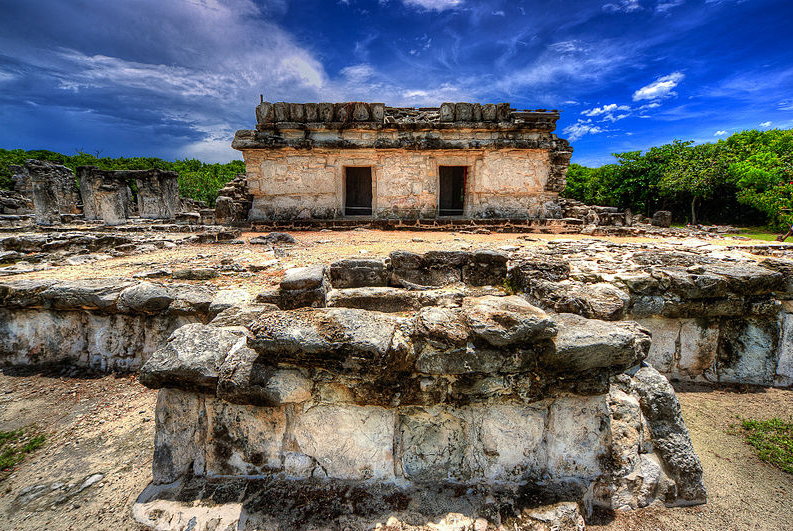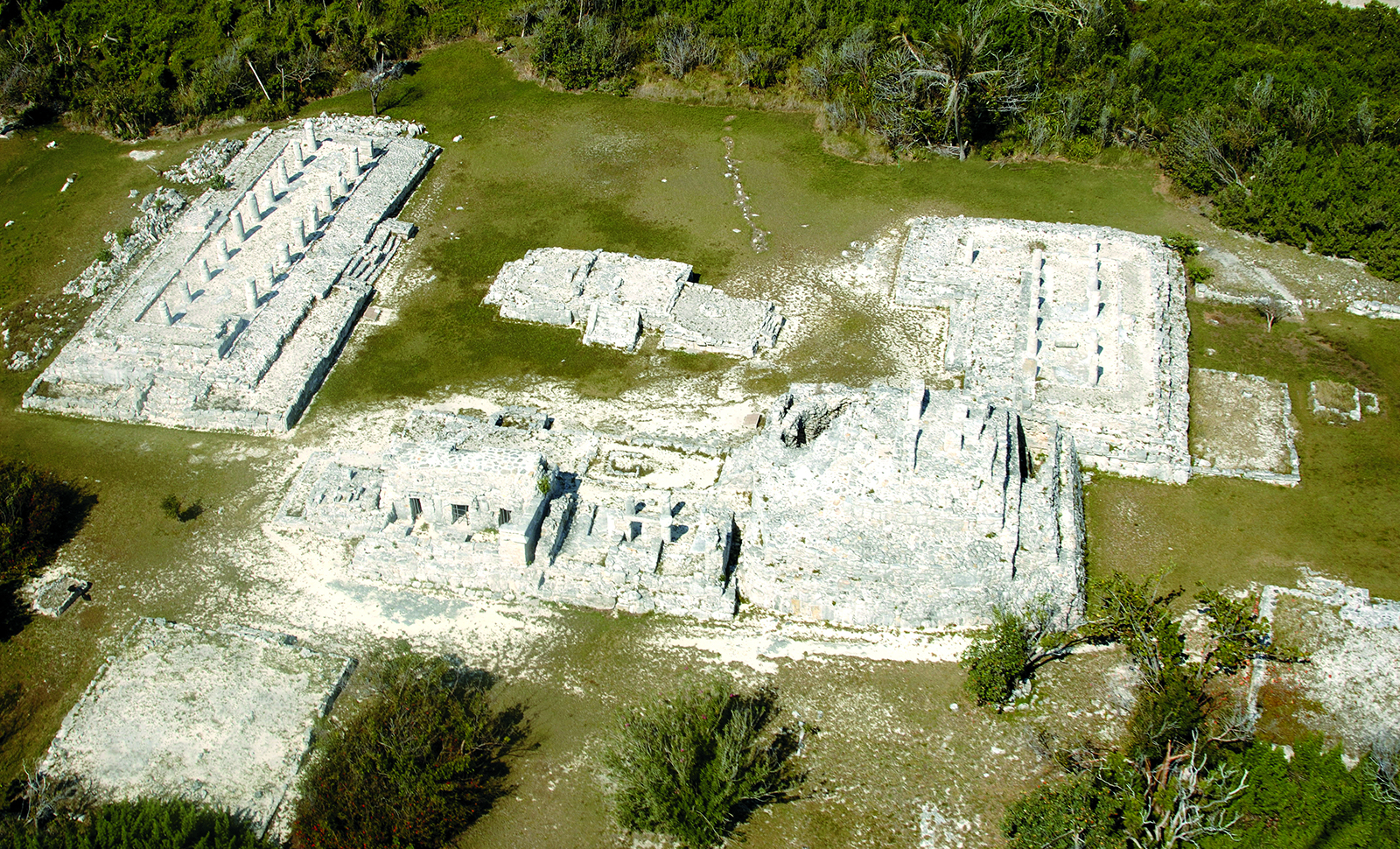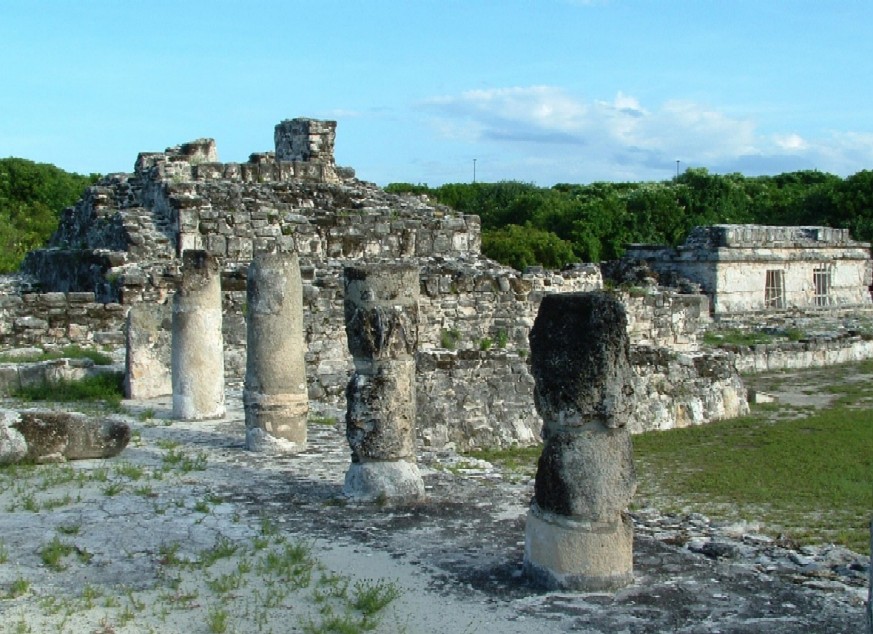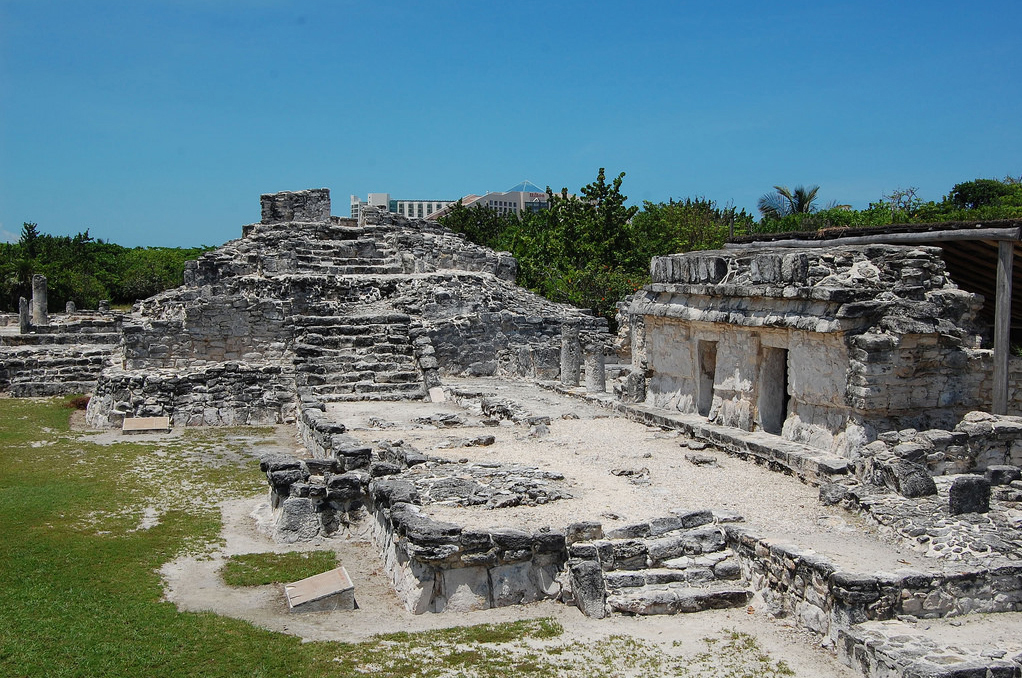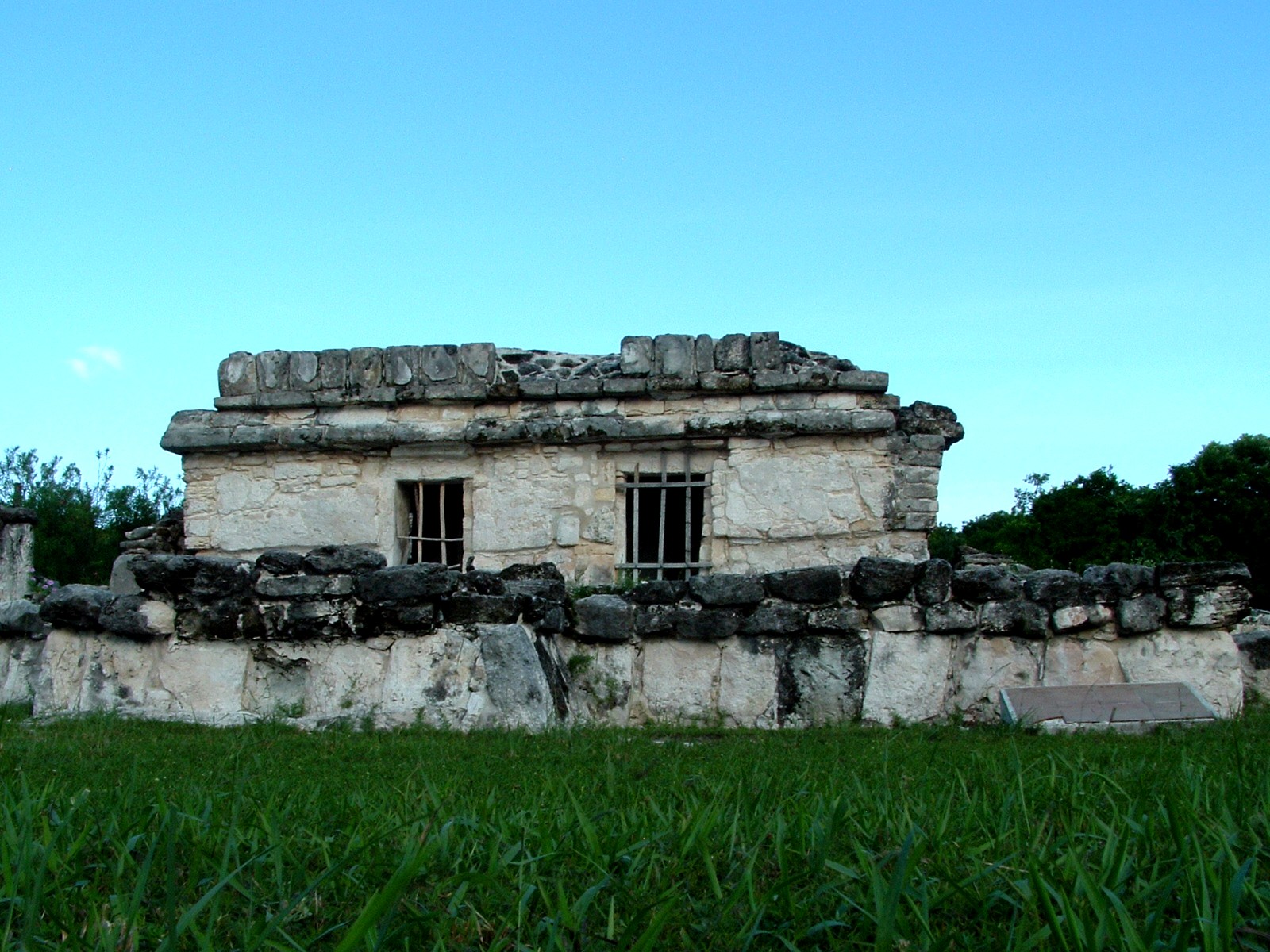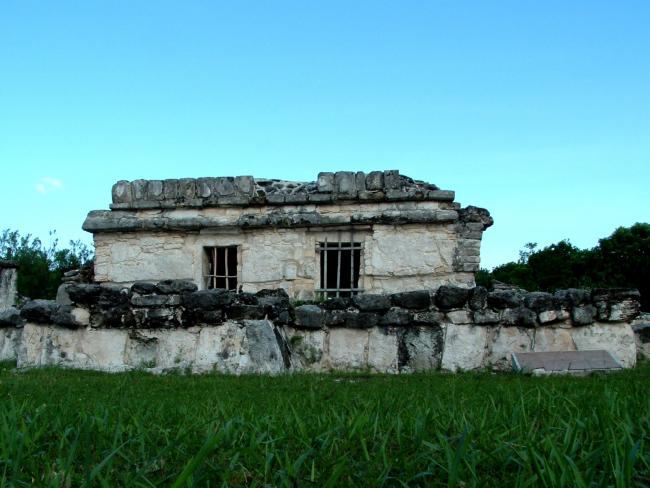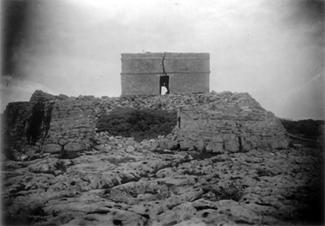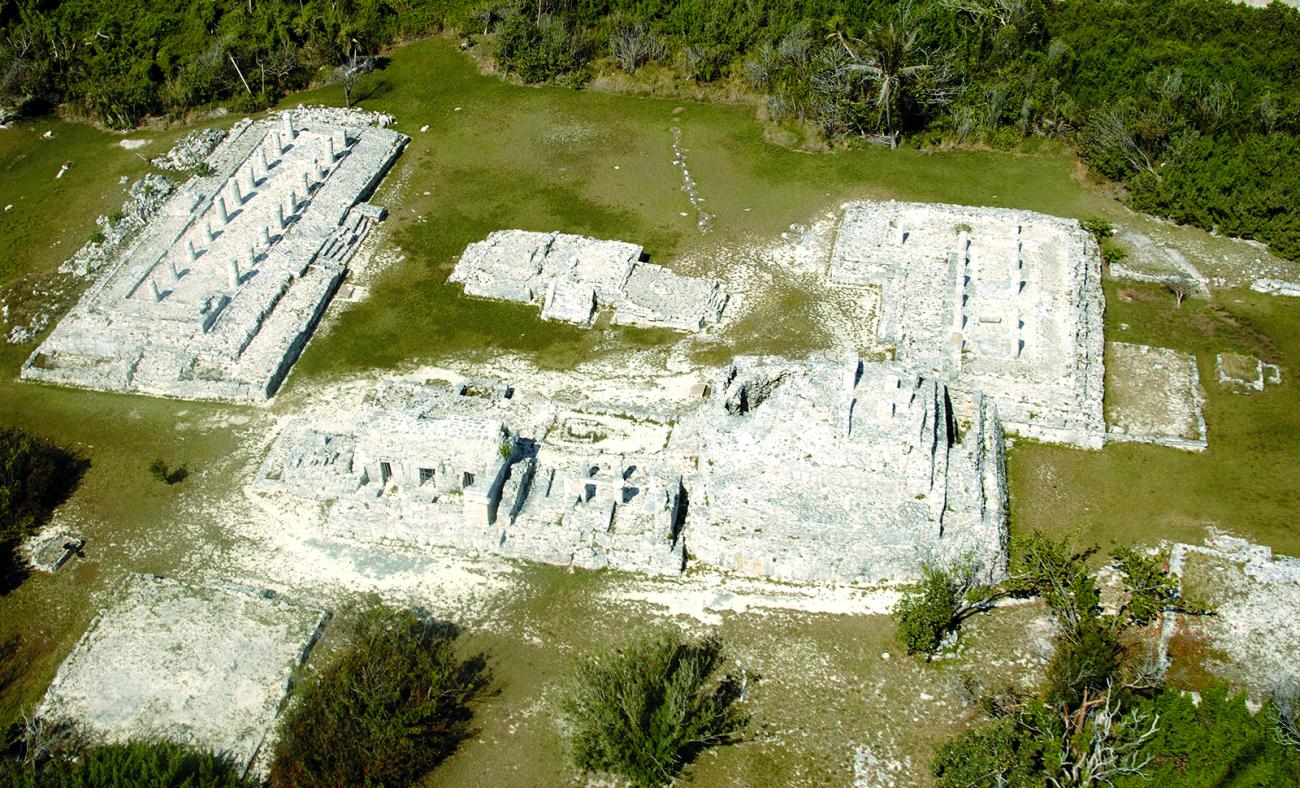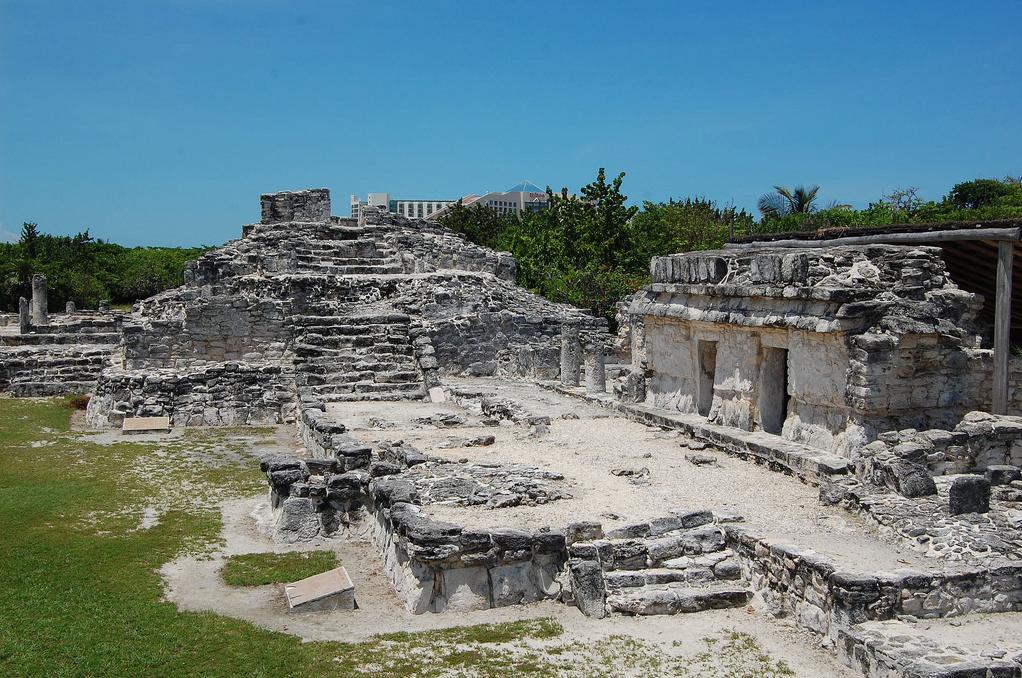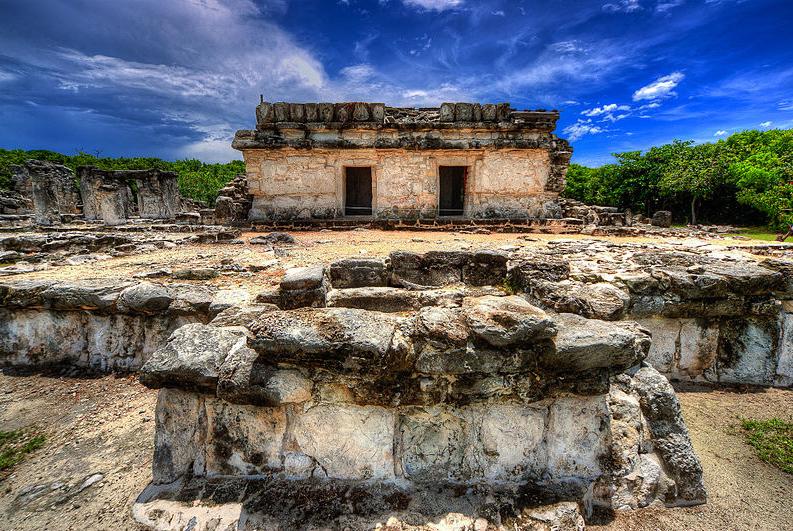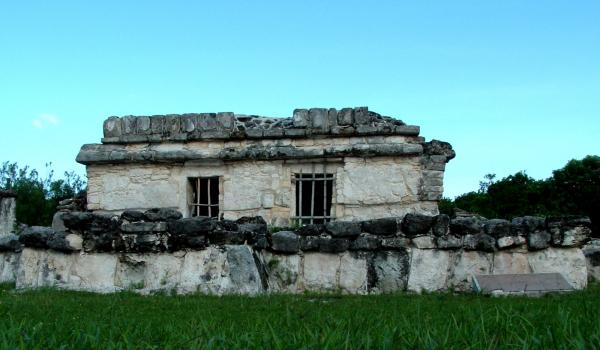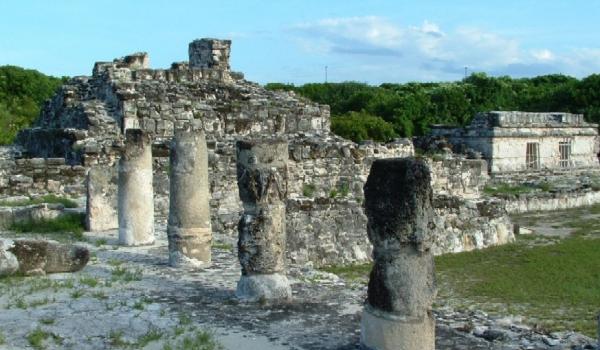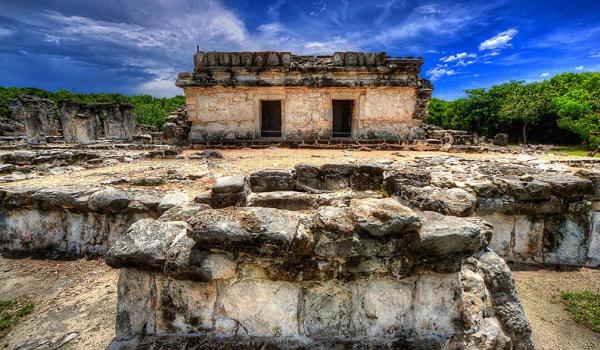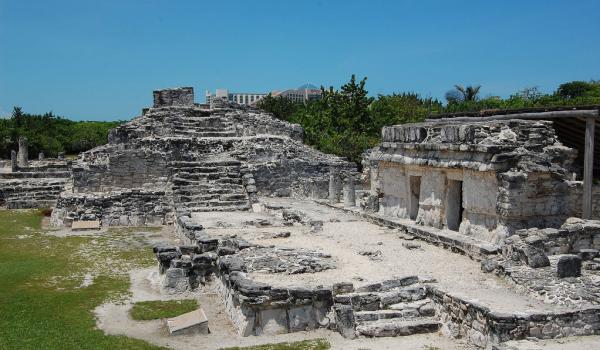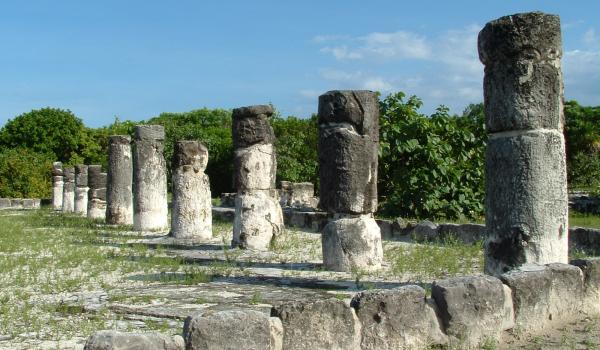The earliest finds at this archeological site date to around the year 300, when a small group of fishermen built wooden houses with palm roofs over small stone platforms. The excavations undertaken indicate that centuries later the inhabitants' main activities would still have been fishing but also salt production, for their own consumption and for the payment of tribute to larger cities, or to take these products to the large cities in the interior of the peninsula.
El Rey did not become a significant site until late: between 1300 and 1550, when there was a large increase in population on the coast of what is today Quintana Roo. The structures which can be visited correspond to a settlement whose principal activities were related to the sea, making the most of the special location between the Caribbean and the Nichupte lagoon. When the inhabitants of El Rey witnessed the destruction caused after the arrival of the Spanish, they fled inland and the island remained uninhabited until the early twentieth century.
Thanks to the work of the archeologists in the 1970s and 1980s, today there is public access to the structures that run the length of the main avenue, and its two small plazas. A comprehensive conservation project was carried out at the site in 2010, to improve the presentation of the buildings and to ensure their conservation.
One of the most notable features of El Rey is the careful design of an avenue whose edges were lined with residential buildings on platforms. Each of these "houses" has individual details, but they all follow the typical pattern of Late Postclassic dwellings, in other words they have a porticoed entrance with a bench, a place for daytime activities, while the room to the rear could have been for sleeping.
According to Dr. Allan Ortega Muñoz, a specialist in population studies, there were burials both inside and outside the buildings, analysis of which has enabled us to learn that El Rey was a community with a high degree of biological variation, and that it was linked with the sites on the island of Cozumel and Chichen Itza.
The avenue runs north and south of the complex of principal structures, while the center of the road features small square altars, undoubtedly for family ceremonies. The residences in the southern sector include masonry buildings, while those of the north, which are partly open to visit, are solely platforms which supported wood and palm houses. It is interesting to note that the platforms of the northern avenue are aligned with the pyramid of the nearby site of San Miguelito, which suggests that both complexes were part of a single extensive settlement nearly two miles in length, which occupied the southern half of the island of Cancun.




